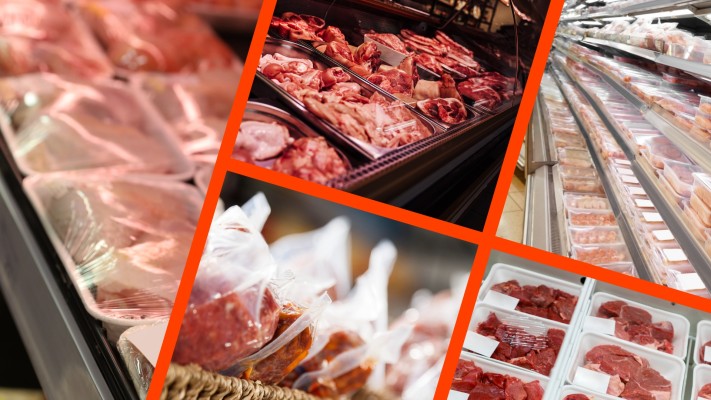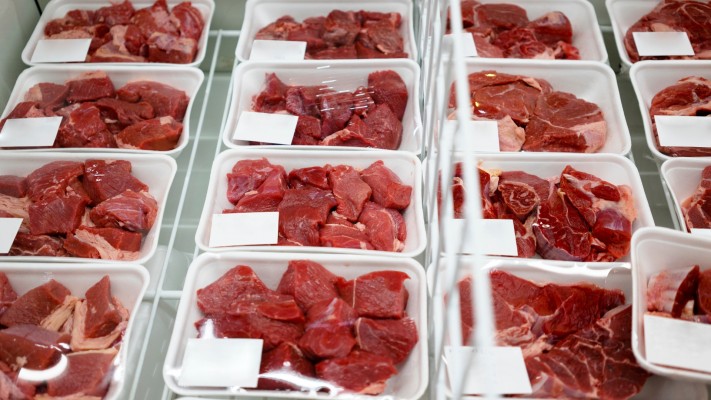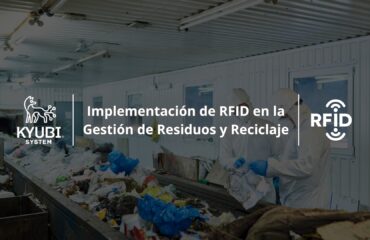
Importance of Traceability in the Meat Sector
Traceability is crucial in the meat sector to ensure the quality and safety of products. It allows companies to track every stage of the production process, from the origin of raw materials to the final product at the point of sale. This not only ensures compliance with health regulations but also increases consumer confidence.
How RFID Works in the Meat Sector
In the meat industry, RFID tags are attached to products and transport containers. Readers installed at strategic points (such as handling lines, machines or drying rooms, warehouses, refrigeration chambers, and shipping areas) automatically read the tags, providing real-time data on the location, status, and phase of the products, while also unattendedly capturing relevant traceability data.
Implementation of RFID in the Meat Sector
To implement an effective RFID system in the meat sector, it is essential to follow these steps:
- Needs Assessment: Determine the specific requirements of the company and the critical points where traceability is needed.
- Equipment Selection: Choose the appropriate tags, readers, and antennas for the work environment.
- Integration with Existing Systems: Typically, integration with different line equipment, scales, cameras, etc., in addition to ERP and other management systems, is necessary.
- Pilot Tests: Conduct tests in controlled environments to identify potential issues and adjust them before full implementation.
- Staff Training: Train employees in the use of the RFID system to maximize its effectiveness.
 Meat Sector Work Environments
Meat Sector Work Environments
Benefits of RFID in the Meat Sector
-
Improvement of Productivity and Efficiency
One of the main benefits of RFID is the significant improvement in productivity and efficiency. By automating product identification and tracking, the need for manual intervention is reduced, allowing employees to spend more time on tasks that add greater value to the company.
-
Reduction of Errors and Operational Costs
RFID technology is more reliable than traditional identification methods, such as barcodes, as reading errors are minimal. This translates into fewer errors in stock handling and order preparation, thus reducing operational costs.
-
Real-Time Control from Anywhere
With RFID, companies can control their inventories in real-time from any location. This is especially useful for large warehouses and complex supply chains, where visibility and control are critical for efficient management.
-
Optimization of Decision Making
Instant access to accurate data allows companies to make informed decisions at the precise moment. This is vital for inventory management, as it enables the optimization of replenishment and minimizes stockouts.
-
Traceability and Food Safety
Traceability is essential for food safety, especially in the meat sector. The RFID system allows tracking of each product from its origin to its final destination, ensuring compliance with all quality regulations and standards. In case a defective product is detected, it can be quickly located and removed from the market, ensuring consumer safety.
-
Improvements in Reverse Logistics
Reverse logistics, or the process of managing returns, also benefits from RFID. The technology allows precise tracking of returned products, facilitating refunds and improving the user experience. Additionally, it helps perform quality controls, ensuring that returned products can be recovered for sale or appropriately managed.




